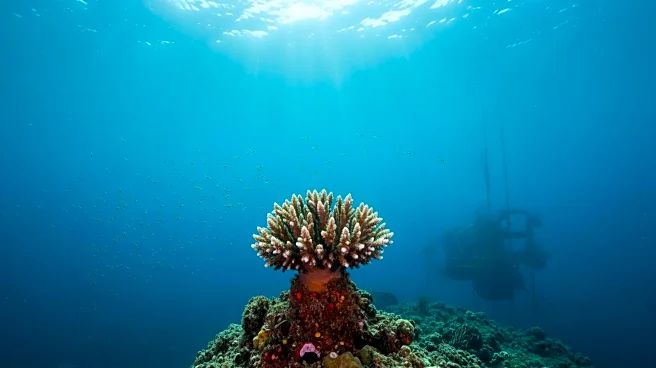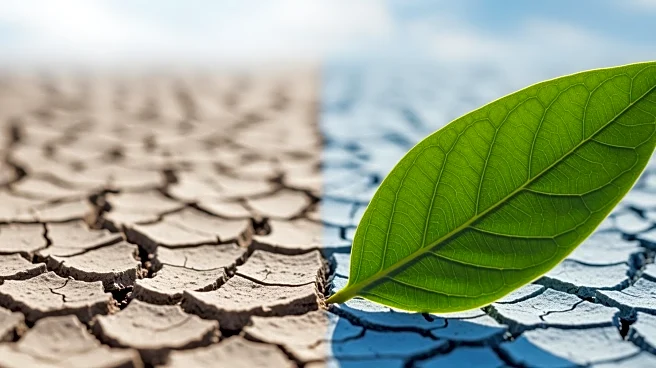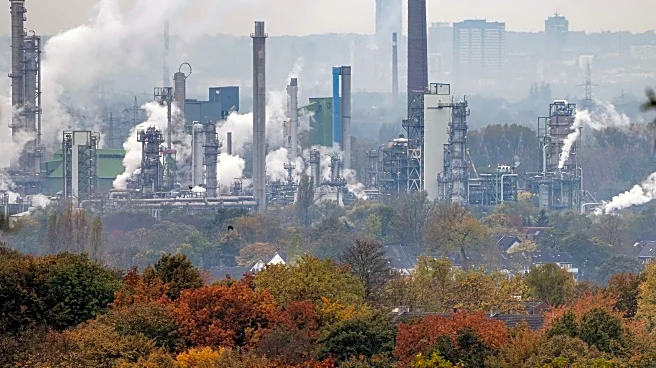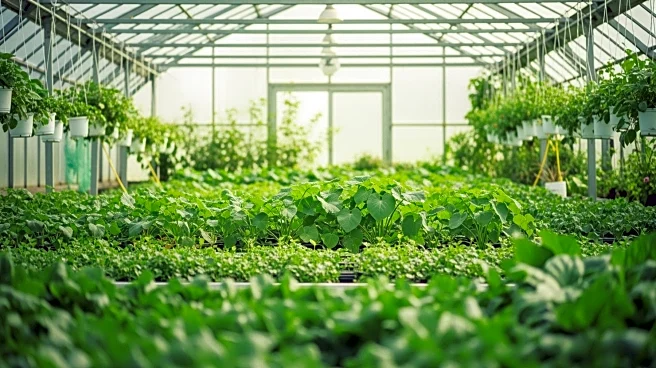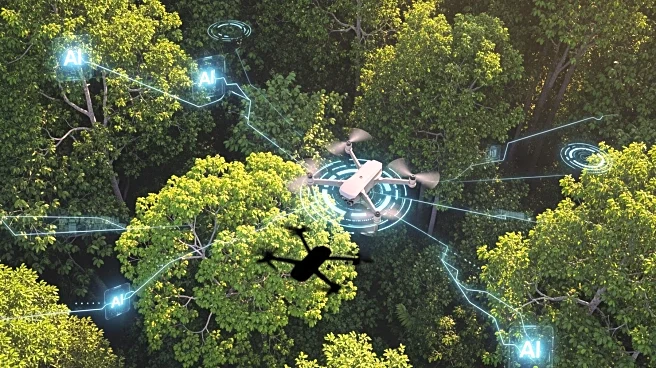What's Happening?
A comprehensive dataset tracking the water area and quality dynamics of lakes on the Mongolian Plateau from 1990 to 2020 has been developed. The study utilized global surface water occurrence data and remote
sensing models to map annual lake extents and assess water quality changes. The dataset provides critical baseline information for understanding the ecological status and impacts of environmental change in the region. It highlights significant lake shrinkage and desiccation due to intensified human activities and climate change, posing severe threats to local livelihoods.
Why It's Important?
The dataset serves as a foundational resource for investigating the complex interplay between hydrological processes, ecological shifts, and anthropogenic influences on the Mongolian Plateau. It offers valuable insights into the long-term trends of lake dynamics and water quality, which are essential for effective conservation efforts and sustainable management of water resources. The findings have implications for regional policy-making, as they underscore the need for strategies to mitigate environmental degradation and support local communities affected by these changes.
What's Next?
Future research may focus on utilizing the dataset to develop targeted conservation strategies and policy interventions aimed at preserving the ecological integrity of the Mongolian Plateau. Collaboration between scientists, policymakers, and local stakeholders will be crucial in addressing the challenges posed by climate change and human activities. Additionally, the dataset could be used to inform global efforts to monitor and manage freshwater resources in other regions facing similar environmental pressures.
Beyond the Headlines
The cultural significance of the Mongolian Plateau's lakes, which have historically supported nomadic civilizations, adds an important dimension to the conservation efforts. Preserving these water bodies is not only vital for ecological reasons but also for maintaining the cultural heritage and traditional lifestyles of the local communities.




